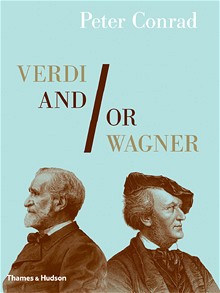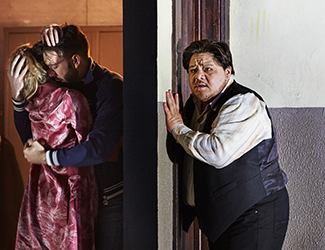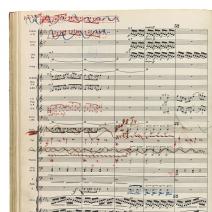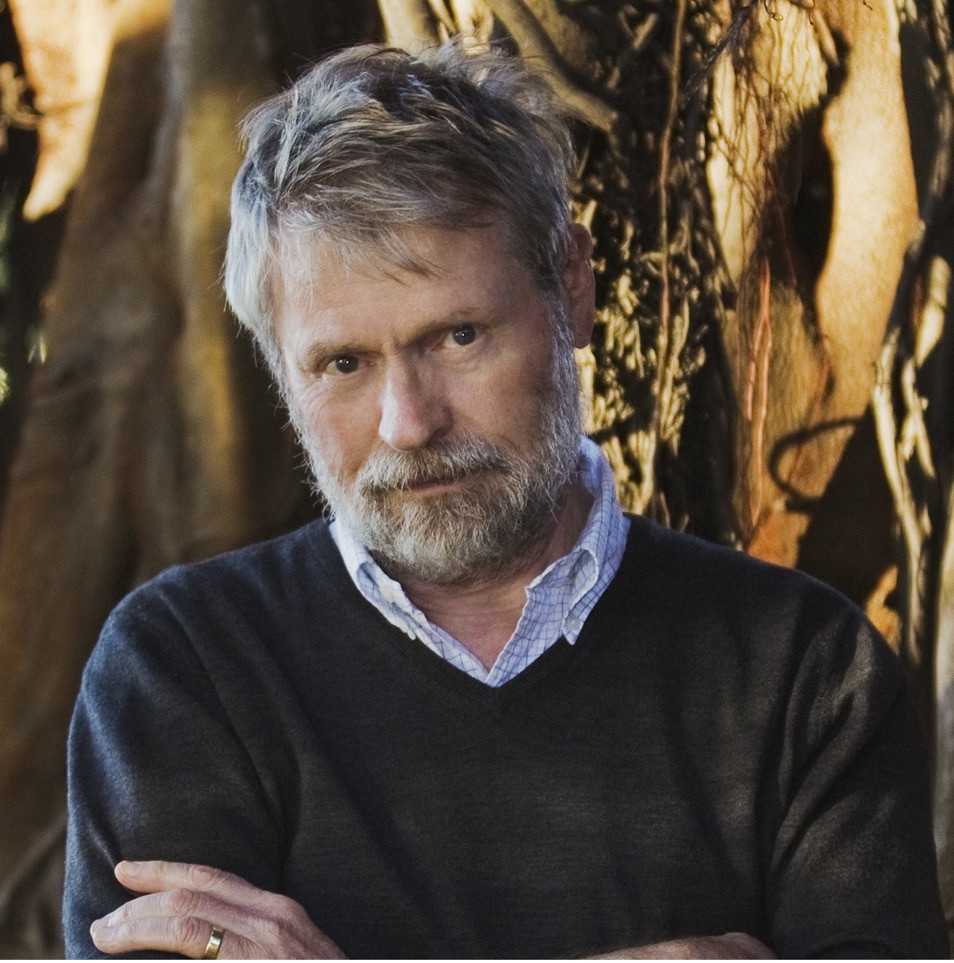Víkingur Ólafsson Records Bach For Deutsches Grammophon

Dubbed “Iceland’s Glenn Gould” by the New York Times, Glass, pianist Víkingur Ólafsson has recorded a second concept album for Deutsche Grammophon. Released on 7 September, the simply named Bach features original works by J S Bach, alongside inspired transcriptions by composers including Rachmaninov, Busoni, Kempf and Ólafsson himself. Renowned for his innovative musical projects, the pianist here offers listeners a very personal vision of Bach’s intricate keyboard music in all its rich variety.
“It would all mean nothing without Bach,” says Ólafsson (34). Johann Sebastian Bach’s music has accompanied him since childhood and there is no other composer whose music he has studied more intensively. Ólafsson’s new recording represents a composition in itself: original works are combined with new adaptations in the style of Bach’s musical language.
Víkingur Ólafsson’s debut Deutsche Grammophon album, a selection of Philip Glass’s piano works, was released in January 2017. The music of Glass, the creator of dense minimalist structures, is now followed by the complexities of Bach’s music. “If Glass’s music is minimal, then Bach’s is maximal!” laughs Ólafsson. “There are no tempo or dynamic indications in his scores, so I have the same kind of freedom as I do when performing Glass.” Anyone broaching Bach’s music needs to do so with an enquiring mind and has to bring a lot of themselves to the scores. Ólafsson’s interpretation of Bach comes across as lean and unfussy yet, expressive and intense. “I can’t bear it when Bach is played sentimentally. But I can’t stand hearing his music performed in an overly calculated and mathematical way either,” he says. “Everything is there in his music: architectural perfection and profound emotion. The greatest challenge is to reveal all of this simultaneously.”
Ólafsson acknowledges the composer as one of his greatest teachers. What has he learned from his preoccupation with Bach’s works? “The democracy of music,” he replies. “Every voice counts; nothing is of secondary importance, even when it seems to be only accompaniment.” In his view, to perform Bach a musician has to become a virtuoso puppeteer, guiding the melodies, directing the different voices and making them dance together.
Ólafsson believes very strongly that there is no definitive answer to the question of how Bach should be interpreted today. “Anyone who claims to have found a ‘solution to Bach’,” he observes, “is pretty certain to be wrong.” In reality, as he adds, Bach’s music poses “some wonderful questions” and offers “an infinite number of ways of being understood and performed”. And he for one loves nothing more than sitting at the keyboard and exploring those myriad questions and answers.
The tracks: (01) Prelude & Fughetta in G Major, BWV 902 – Prelude/ (02) Chorale Prelude, BWV 734 „Nun freut euch, lieben Christen g’mein“ (Transcr. by W. Kempff)/ (03 – 04) Prelude and Fugue in E minor, BWV 855 (Well-Tempered Clavier, Book I, No. 10)/ (5) Organ Sonata in E minor, BWV 528 – Andante [Adagio] (Transcr. by August Stradal)/ (06 – 07) Prelude and Fugue in D major, BWV 850 (Well-Tempered Clavier, Book I, No. 5)/ (08) Chorale Prelude, BWV 659 „Nun komm der Heiden Heiland“ (Transcr. by Ferruccio Busoni)/ (09 – 10) Prelude and Fugue in C minor, BWV 847 (Well-Tempered Clavier, Book I, No. 2)/ (11) Widerstehe doch der Sünde, BWV 54 – Aria (Transcr. by Víkingur Ólafsson)/ (12) Aria Variata in A minor, BWV 989 – Aria/ (13 – 22) Aria Variata in A minor, BWV 989 – Variations 1 – 10/ (23) Aria Variata in A minor, BWV 989 – Aria da capo/ (24) Invention No. 12 in A major, BWV 783/ (25) Sinfonia No. 12 in A major, BWV 798/ (26) Partita No. 3 for Violin Solo in E major, BWV 1006 – Gavotte (Transcr. by Sergei Rachmaninov)/ 27) Prelude and Fugue in E minor, BWV 855a – Prelude (Transc. in B minor by Alexander Siloti)/(28) Sinfonia No. 15 in B minor, BWV 801/ (29) Invention No. 15 in B minor, BWV 786/ (30 – 32) Cembalo Concerto in D minor, BWV 974/ (33) Chorale Prelude, BWV 639 „Ich ruf zu dir Herr Jesu Christ“ (Transc. by Ferruccio Busoni)/ (34 – 35) Fantasia and Fugue in A minor, BWV 904





